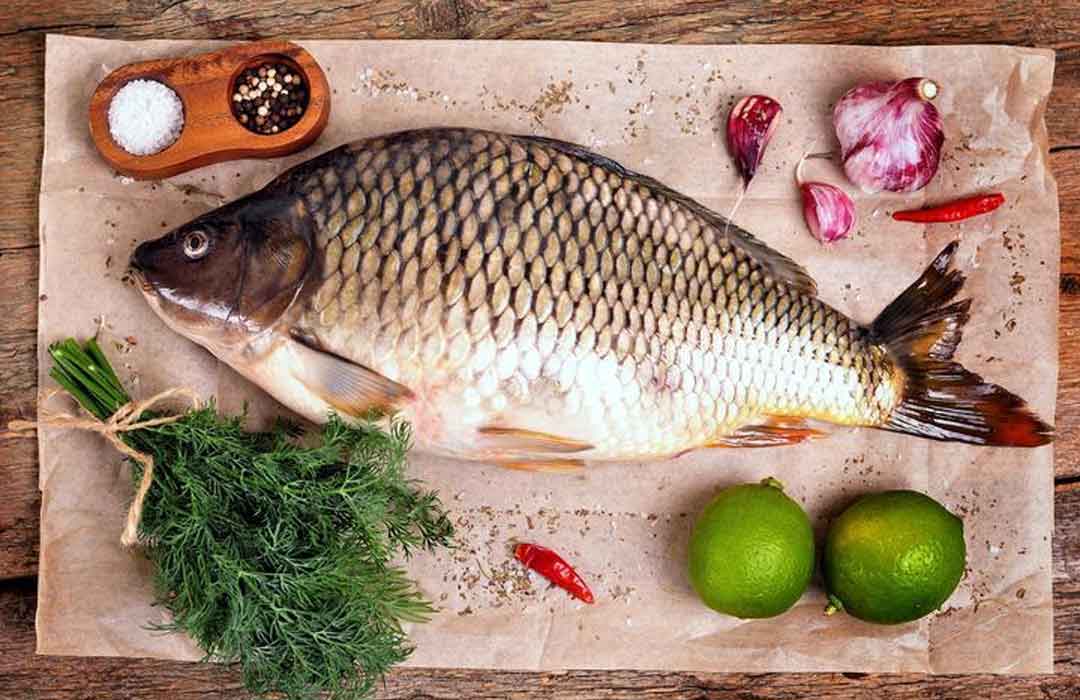Peaceful Oasis At Breeze Fish Point
The rohu fish is a common, widely grown freshwater fish in South Asia. This carp fish belongs to the family Cyprinidae. Other names for rohu fish include rui fish and Rohit fish. The Rohu fish is the most highly valued species of carp fish. It tastes really good and delicious. People in Bangladesh, India, Nepal, Thailand, Pakistan, and other Asian nations are huge fans of rohu fish. Usually, it’s a river fish. However, it’s also present in every kind of natural water reservoir. Rohu fish farming is very common and lucrative in ponds, meres, or lakes.
Categorization
Kingdom
Animalia
Classification of organisms
Chordata
Class
Actinopterygii
Family
Cyprinidae
Genus
Labeo
Identification of the species
L. rohita
Scientific name
Laboratoria rohita
The order of fish is Cypriniformes.
Distribution by Region
This fish is frequently found in Pakistan, India, Nepal, Bangladesh, Burma, Thailand, China, Kampuchea, and Sri Lanka.
Physical Characteristics of Rohu Fish
The following describes the physical traits that allow us to identify Rohu fish.
- Rohu’s body is substantial. However, compared to their body, their head and tail are relatively narrower.
- Cycloid scales cover their entire body. Excluding the fins and head.
- The mouth is inferior, and the director is triangulated.
- The colour of the surface and beneath is brown.
- The belly is silvery white.
- Fish called Rohu have two pairs of nostrils.
- Two lips cover the mouth. A couple of trunks and numerous tiny indentations can be found at the edge of the lips.
- The caudal fin’s middle region is divided. Thus, the term homocercal.
- The rohu fish has seven fins total, including odd and even fins.
- The Rohu is between 90 cm and 1 m long.
- The scales are evenly spaced and sleek in a row.
- The rear and front of the head have a blackish hue.
- The body has a small upward curvature.
- This fish has about 15–16 cords in its dorsal fins.
- The body’s scales have a crimson hue. However, the belly scales are a silvery white hue.
Ecological Importance and Farming Potential
The Rohu fish plays a significant role in freshwater ecosystems, serving as both a predator and prey within its habitat. Its widespread distribution across various natural water reservoirs reflects its adaptability and resilience. Rohu fish farming has gained popularity in aquaculture due to its economic potential and high demand in local markets. Farmers often cultivate Rohu in ponds, lakes, and meres, creating a sustainable source of income while contributing to the biodiversity of aquatic life. This lucrative practice not only supports the livelihoods of countless fishermen but also helps maintain the ecological balance in freshwater system.
Culinary Uses and Popularity
Rohu fish is not just a staple in the markets; it holds a special place in the hearts of many culinary enthusiasts. Its mild flavor and flaky texture make it a versatile ingredient in a wide range of dishes. Popular preparations include spicy curries, fried fillets, and fish stews, often paired with traditional sides like rice or flatbreads. Its nutritional benefits, rich in protein and omega-3 fatty acids, further enhance its appeal among health-conscious consumers. The popularity of Rohu fish in Pakistan and neighboring countries continues to thrive, ensuring that this beloved freshwater fish remains a cherished part of the regional cuisine.




